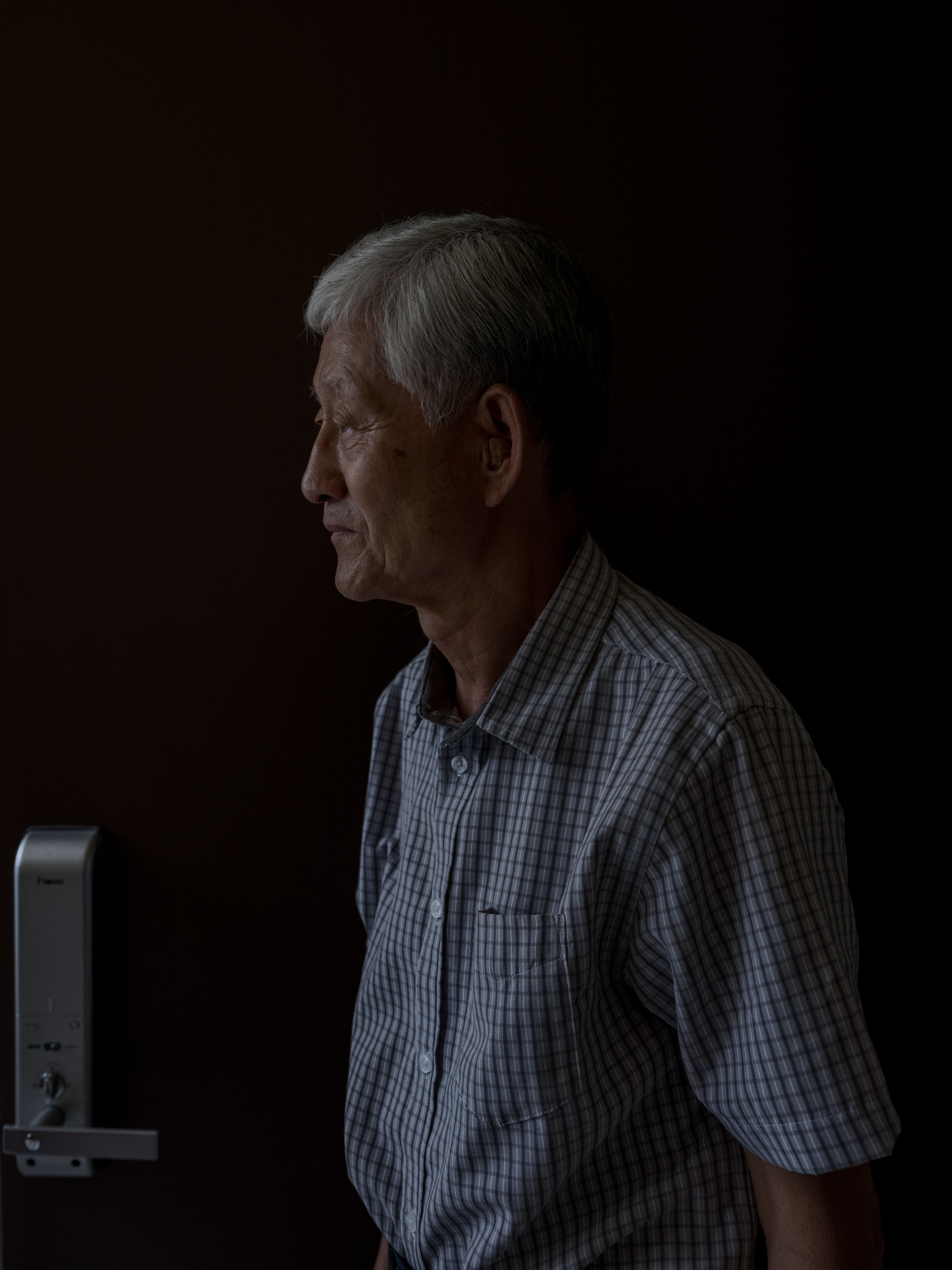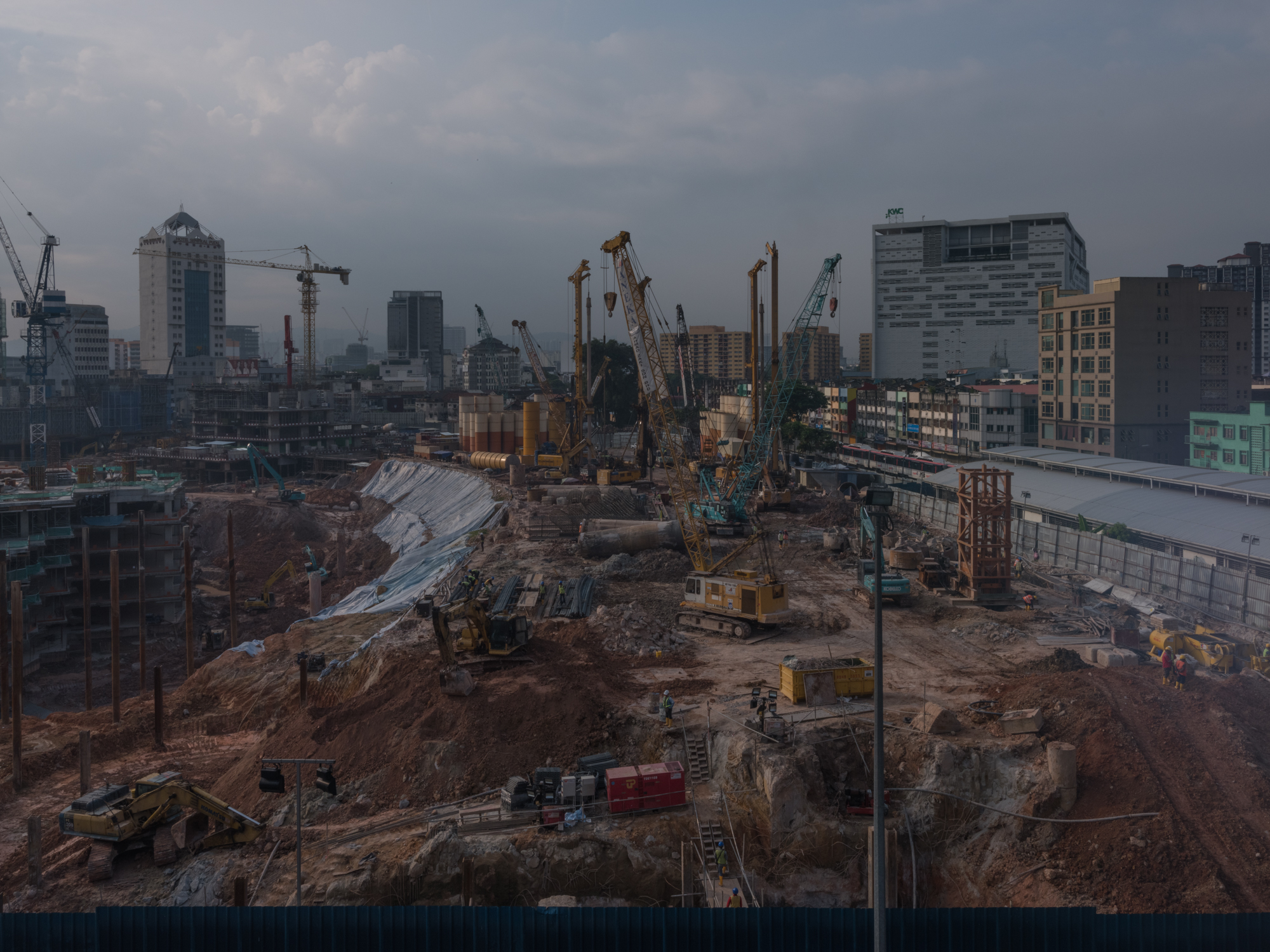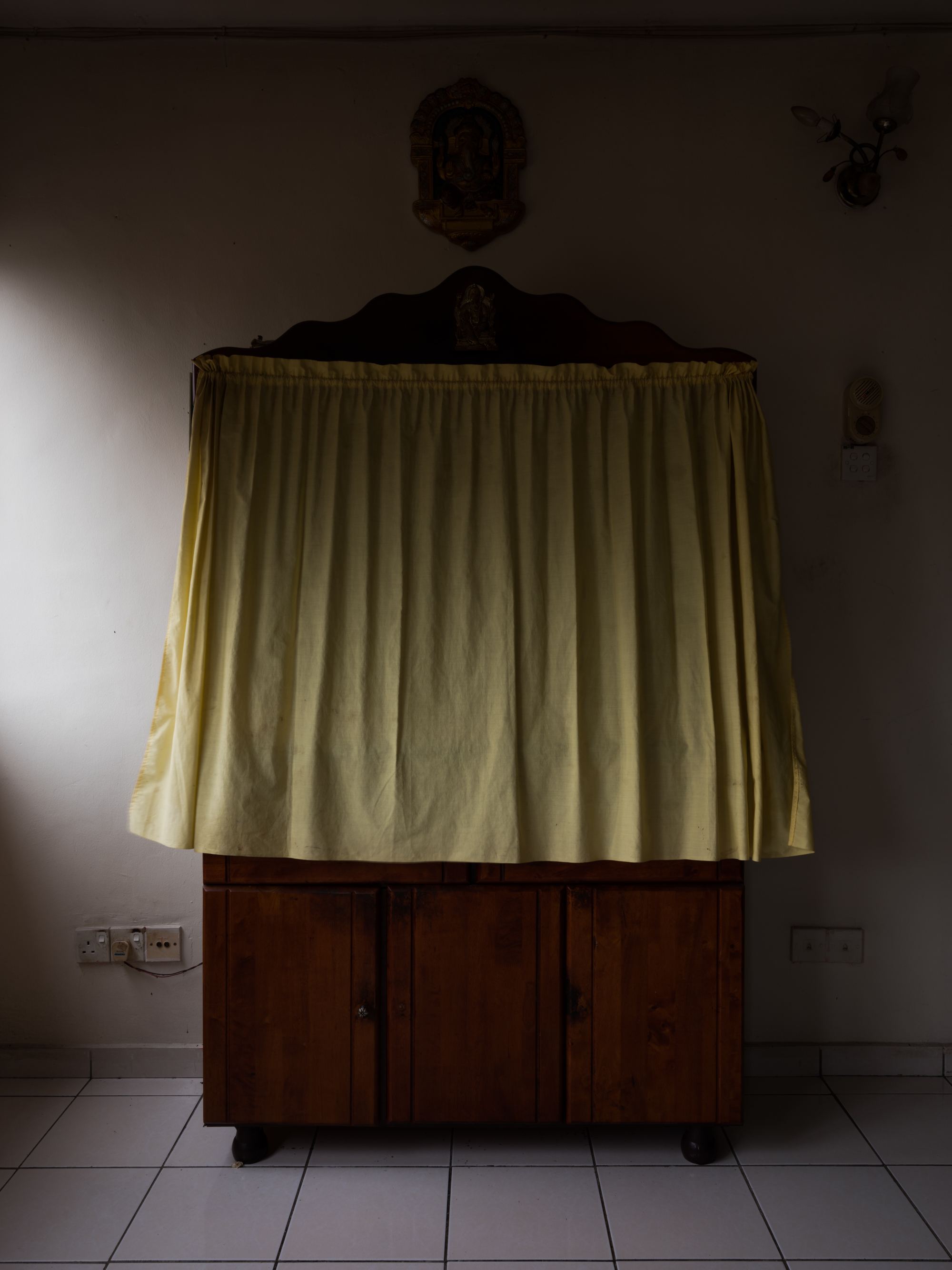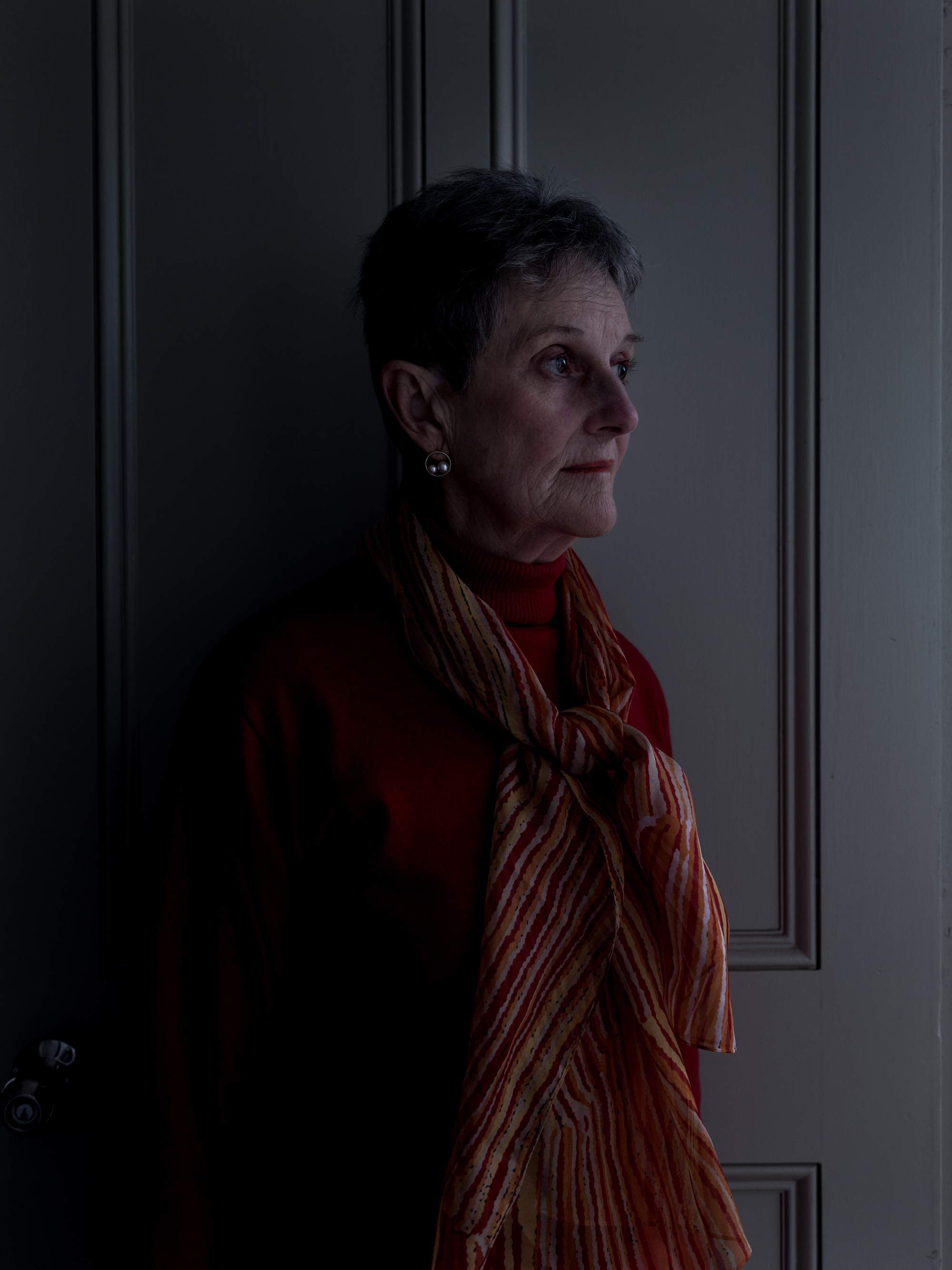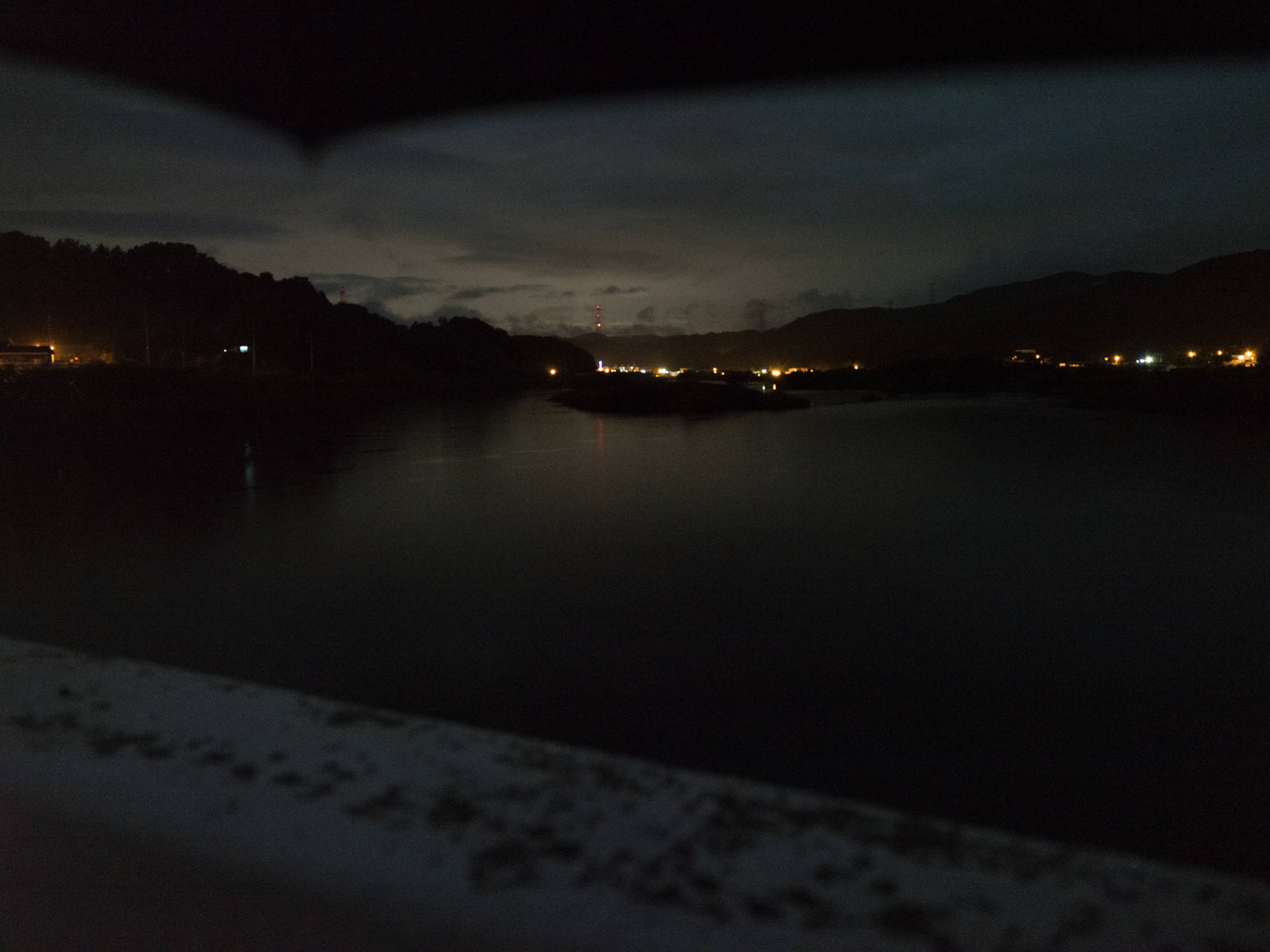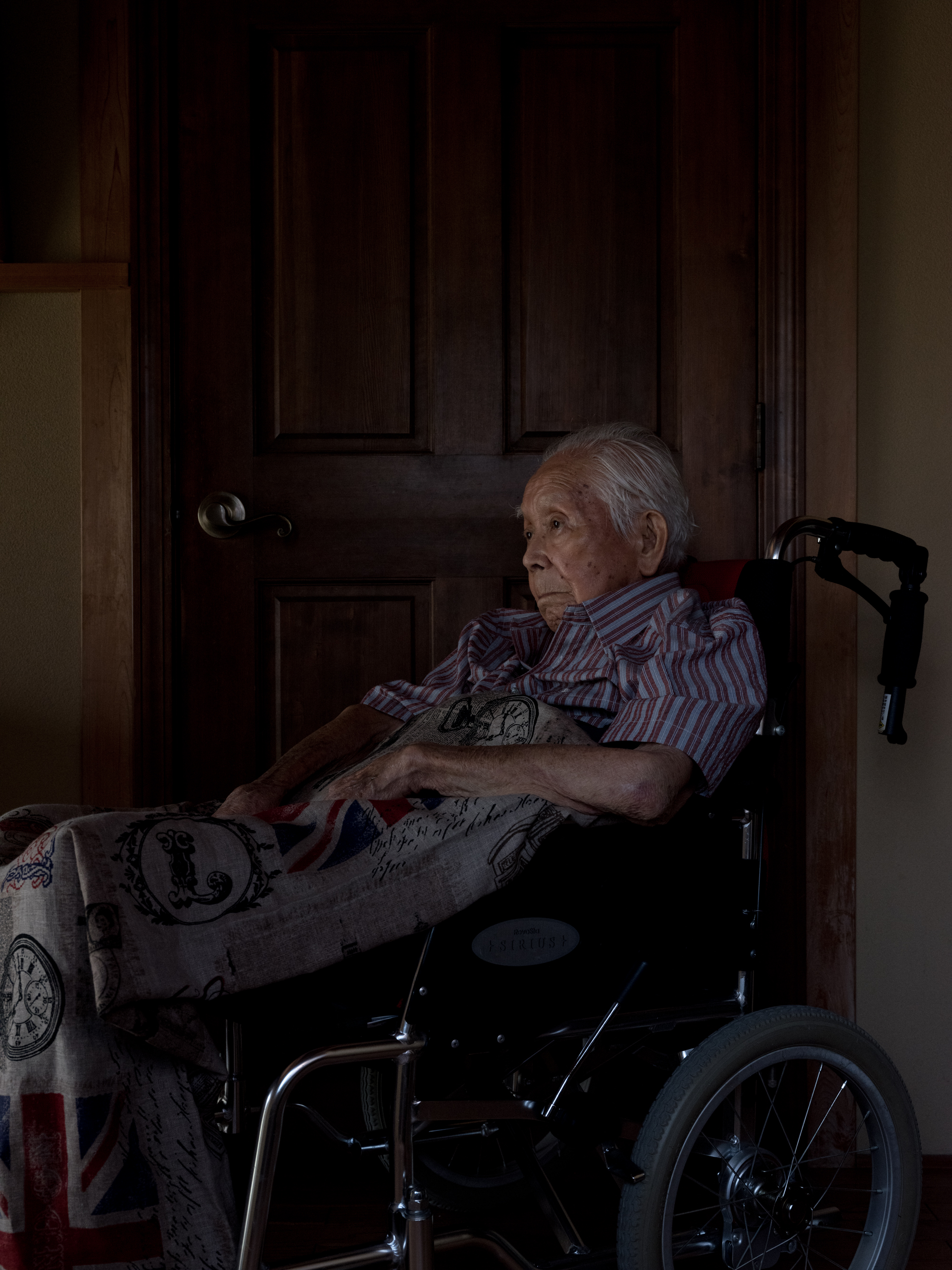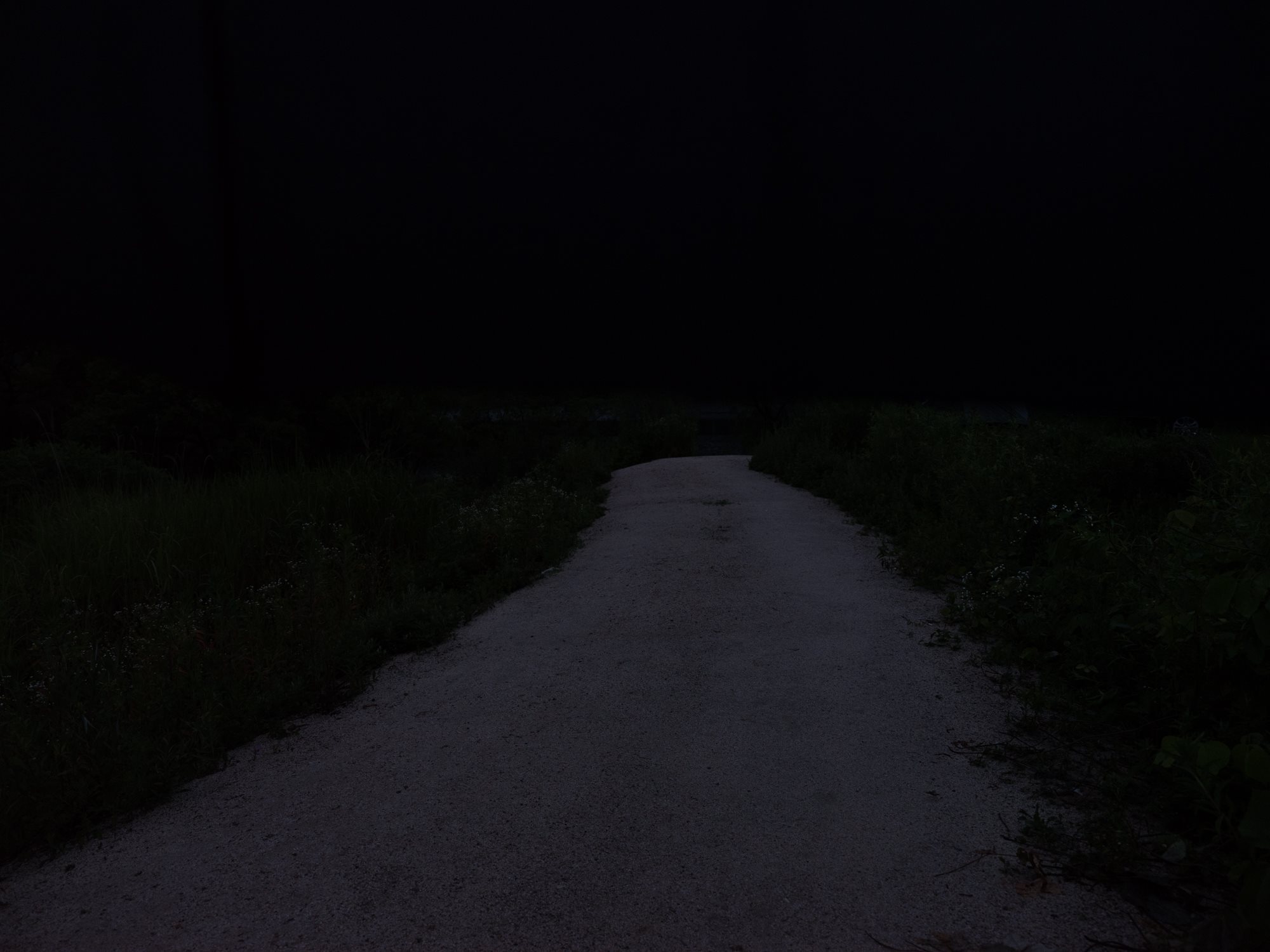DOCKER #22
KAZUMA OBARA
Triumphalism and victimhood shape nationalist narratives of history, obscuring histories and realities of victims of war in other places. These narratives are not innocuous stories. They are often created and employed by nation states to serve geopolitical and governmental ends.
In 2015, on the orders of local government, the Osaka International Peace Centre, one of the few public war museums in Japan, removed all material pertaining to the Japanese invasion of Asian countries before and during World War II. The centre’s subsequent focussing on the material damage done to Osaka during the war seems indicative of a widespread public forgetting of the nation’s violent imperialism. A historical wounding is easier to bear (and, crucially, more important to re-present) than a reminder of aggression; than a reminder of that that might provoke guilt and responsibility.
Japan’s status as the only country to suffer a nuclear attack and a lack of education about the Japanese occupations of the period has created a sense of national victimhood in the population. Aside from a few exceptions, such as public pedagogies on the Nanking massacre and the abuse of so-called ‘comfort women’ in South Korea, there is little Japanese recognition of violence against its neighbouring countries. With the atomic bombings of Hiroshima and Nagasaki domi- nating public consciousness regarding World War II, the victims of the Japanese war efforts in SE Asia are largely invisible.
This project takes the tragedy of Japanese imperialism in SE Asia in which more than 10 different nationalities were forced to endure hard labour and extreme hardship, and presents counter-narratives of suffering, loss, and remembrance. Rather than restaging state-sanctioned narratives of war which reduce conflict to a static idea of victory or loss, these images and texts trace the ongoing echoes of war in the contemporary. They call us to account. Images have been made and interviews conducted with the families of Dutch, Australian, British, Japanese, Korean, and Malaysian subjects who survived and who guarded camps associated with the railroad. The ‘site’ of the the railroad is expanded to include landscapes of memory associated with life back home after the war to trace war’s ongoing reverberations in the present. Archival family photographs and educational literature on the tragedy are included to explore how narratives of conflict differ from place to place.
Who? Kazuma Obara
From Japan
Docking October 22 - November 18 2018
Working on Silent Histories
About Hidden Japanese history
Kazuma Obara (Japan, 1985) is a photographer based in Japan. He studied at London College of Communication Photojournalism and Documentary Photography. He has published several books as Reset Beyond Fukushima, Silent Histories (selfpublished) or Exposure, among others. Silent Histories was shortlisted for the Paris Photo / Aperture Photobook Award and was selected by TIME, Lens Culture and Telegraph as Best Photo Book in 2014. His project Exposure won World Press Photo 2016 People category, 1st prize. He also won Magnum Photos Graduate Photo- graphers Award in 2017. His photographs appear in The Guardian, Courier international, ZEIT, El Mundo, Le Point, BBC, NHK, IMA Magazine or Wired Japan.
ambassador
ELLEN DOSSE
Director at Spaarnestad Photo
In his long-term projects, Kazuma Obara (Japan) focuses on hidden victims in society, especially victims of war. He investigates the role of his own country in wartime, performing substantial research on this topic. In 2014, that resulted in the beautiful, award-winning publication Silent Histories. The photobook is visually attractive and has won many awards, but simultaneously functions as a testimony to the tragedy of indiscriminate bombing by US forces during the Pacific War. Within his themes, there are many hidden stories to tell. Right now Obara is working on part 2, of Silent Histories and that is also the reason he is now working with Docking Station—to gain the knowledge that will help him to further develop this project.
Archival images play an important role in Obara’s first publication. They act not only as proof of these hidden stories, but also give a face to the many victims from the war, a large number of whom have remained unknown. Photographic archives perform the function of collecting images of that which once was, and is, our visual memory. As the Director of the Spaarnestad Photo Archive, I'm enthusiastic about how Obara involves archival images in his project and works with this material in a responsible and committed way.
Something special to note is that Obara has started a personal quest about his own role as a Japanese citizen, as he feels an emerging guilt about these hidden histories, knowing that he never experienced the war himself. This shows that his integrity as a maker and I think Docking Station can support him well in this quest, helping him to make his story complete.

